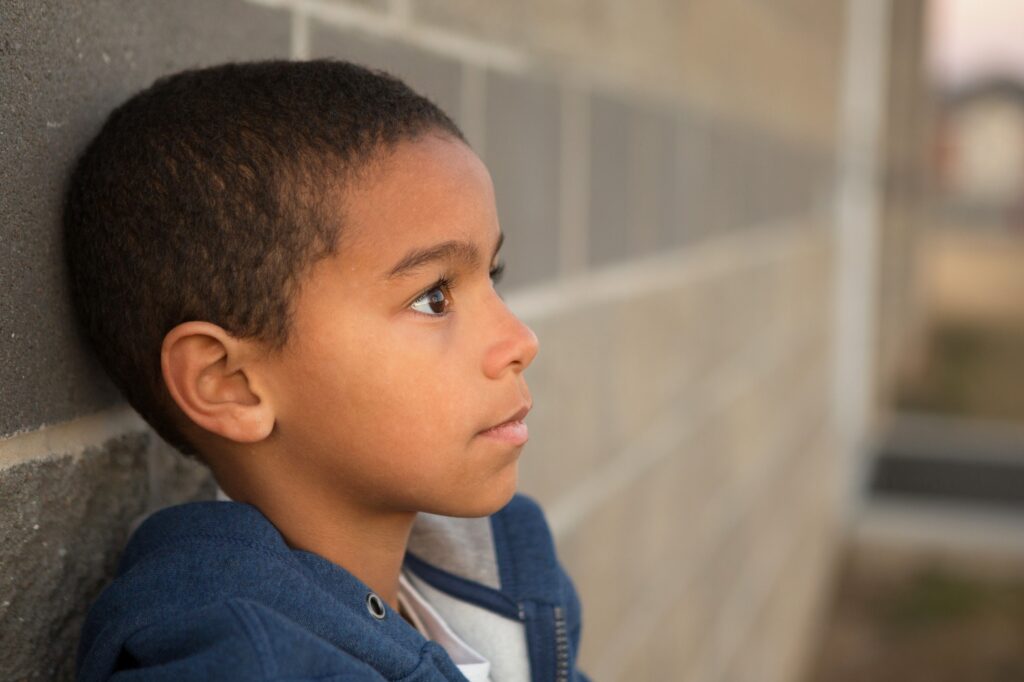The United States is facing a lead crisis on a national scale — and it’s harming low-income children of color the most.
December 7, 2017

Every morning, millions of children will wake up, drink water out of their tap, breath the air in their homes, and perhaps play in the dirt in their yards.
And before even leaving their homes, they will be exposed to a deadly toxin that can cause irreparable damage: lead.
Tragic stories in communities like East Chicago, Indiana, and Flint, Michigan, have shed light on what is a nationwide problem. HUD estimates that 57,000 homes rented with federal housing assistance have active lead hazards, and that 450,000 units were built before lead paint was banned in 1978 — putting millions of children at risk of being poisoned.
As the Centers for Disease Control and Prevention caution, no level of lead is safe. Even small levels of lead exposure cause long-running health issues, including permanent brain damage. And children of color are disproportionately likely to suffer the effects of lead exposure.
Most of the national conversations around East Chicago and Flint have focused on the poor recovery efforts and the need for local and federal agencies to better respond to these disasters. While those discussions are important, we must also work to ensure that no child is poisoned in the first place.
A key step towards prevention is the Lead Safe Housing for Kids Act — federal legislation that has garnered bipartisan support. If enacted, this bill would protect low-income children living in federally assisted housing by improving the inspections that occur before families move into their homes. Moreover, it would also allow families to relocate to safe affordable housing if a lead hazard is identified in their units. Without this crucial change, families will continue to be forced to stay in lead-contaminated housing so that they do not lose their affordable housing.
The President’s Task Force on Environmental Health Risks and Safety Risks to Children recently requested the public’s input as it develops a New Federal Strategy to Reduce Childhood Lead Exposures and Impacts. On behalf of 35 organizations, the Shriver Center submitted comments urging government agencies to emphasize prevention, improve enforcement of current regulations, invest substantial resources into lead abatement programs, target housing providers who falsely certify that they did abate lead from homes, and coordinate among one another to remove lead from our entire environment — our homes, water, air, and consumer goods.
This starts with lead screening for all children, increasing access to healthy foods to prevent lead absorption, and ensuring access to early intervention and special education services for kids diagnosed with lead poisoning.
We are losing lives and futures to a preventable problem. Federal, state, and local governments have a key role to play in stemming lead poisoning and protecting children from its harmful effects — but it will require an all-in, coordinated approach.
It’s well past time to get lead out of our communities, once and for all. The lives of millions are depending on it.
Housing is fundamental to achieving economic stability, better health outcomes, and thriving families and communities.